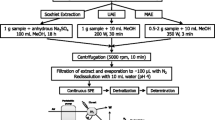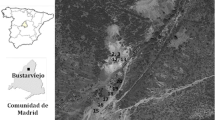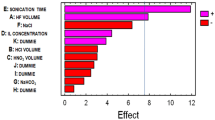Summary
The microwave energy produced by high intensity microwave oven, was used to extract pesticides from sediment samples. This system was compared with Soxhlet, sonification and convection heat extraction techniques. Sediment moisture and type of organic matter content are critical parameters in affecting the degree of recovery. Extraction procedure using a 30 second period repeated in sequence 5 times provided generally better recovery values than did 8 hours of Soxhlet extraction.
Similar content being viewed by others
References
F. I. Onuska, F. W. Karasek, Open Tubular Column Gas Chromatography in Environmental Sciences, Plenum Press, New York, 1984, pp. 216–254.
M. Oehme, H. Stray, Fresinus Z. Anal. Chem.311, 665–673 (1982).
H. M. Kingston, L. b. Jassie, eds.,Introduction to Microwave Sample Preparation: Theory and Practice. ACS, Professional Reference Book, American Chemical Society, Washington, D.C. 1988.
K. Ganzler, A. Salgo, K. Valko, J. Chromatogr.371, 299–306 (1986).
K. Ganzler, I. Szinai, A. Salgo, J. Chromatogr.520, 257–262 (1990).
U.S. Patent 5,002,784, J. R. J. Paré et al., 1991, Environment Canada.
Author information
Authors and Affiliations
Rights and permissions
About this article
Cite this article
Onuska, F.I., Terry, K.A. Extraction of pesticides from sediments using a microwave technique. Chromatographia 36, 191–194 (1993). https://doi.org/10.1007/BF02263861
Received:
Accepted:
Issue Date:
DOI: https://doi.org/10.1007/BF02263861




